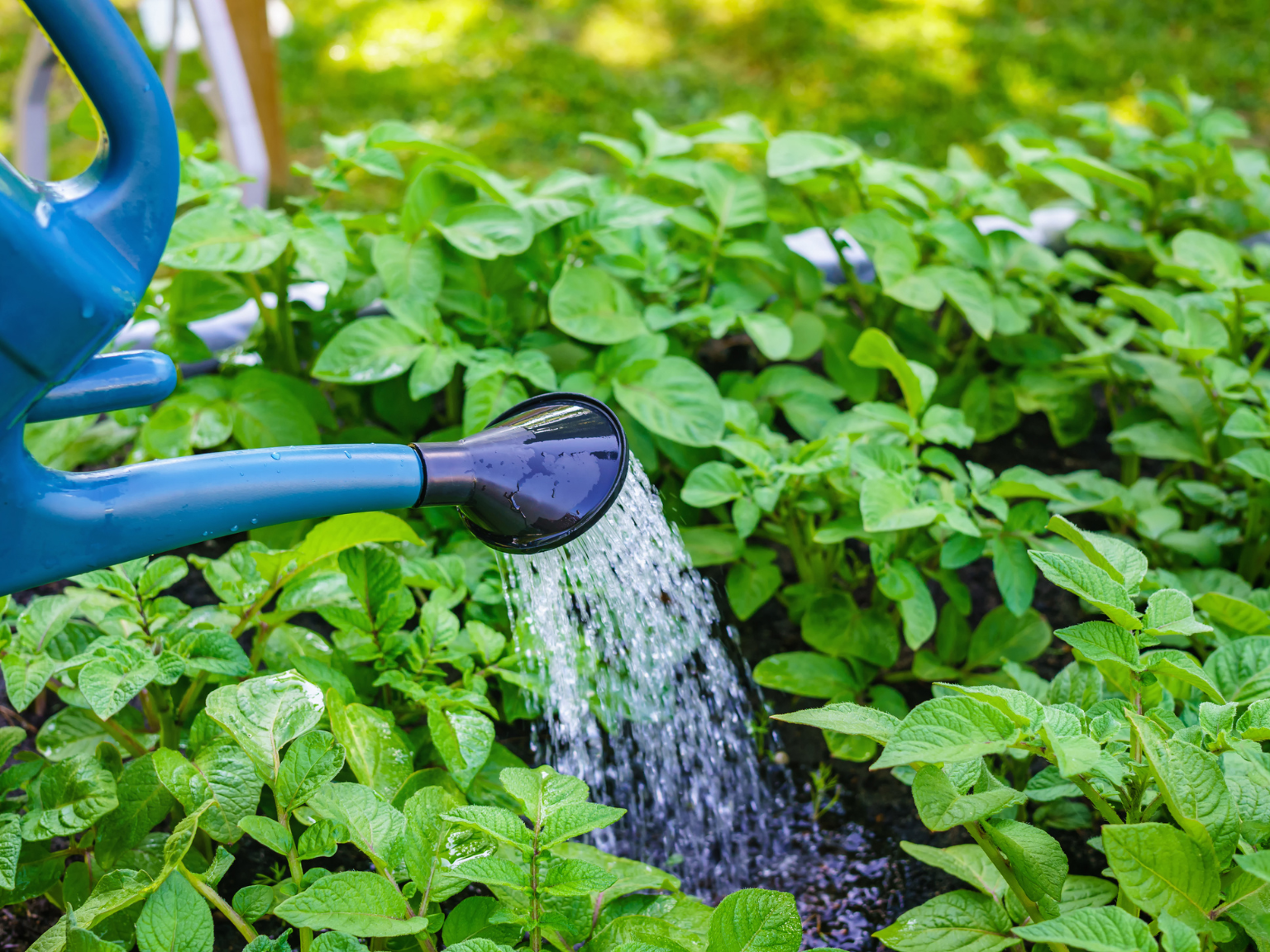Seasonal Information

Summer
Summer time is when the growth and development of your trees is in full swing. It is often difficult for you the tree owner to notice this growth because you see the trees every day and, day to day, there is not much noticeable change. Imagine that you spend a month on vacation, adopting a fairly regular diet of pizza, french fries and ice cream. Each morning you look about the same in the mirror but you do notice your pants are getting harder to button. When you get home and return to work one of your (hopefully close and trusted) colleagues comments “wow, looks like you put on a few pounds, huh?” As long as your trees are alive, they are going to grow and change each season, becoming larger and heavier, getting closer to your roof and gutters, and creating more dense shade over grass and planted areas below. Some trees will produce heavy fruits at some point during the Summer, causing the limbs to become droopy and more prone to breaking during these times. If you see this happening, it is a good idea to “cull”, or remove, some of the fruit to avoid having a large branch break under the load or even worse, tear off from the main trunk.
During the Summer, you should have the following things in mind.
Observe and identify
Take notice of the growth rates of your different trees, so you can better predict and plan for their care needs as they grow. It is helpful to take a photo once the trees have fully leafed out in Spring, and then another one from the same angle just before the leaves change color in Autumn. You can compare them side by side and easily see how much they have grown over one season. NOTE: It can be difficult to clearly see individual trees in photographs if the background is full of more trees. Taking photos against the blue sky or your painted house (as long as it is not green) where possible makes this much easier. If you cannot get the whole tree in a photo with a well contrasted background, maybe you can take the photos of just one section of the tree. Summer is the easiest time to identify any dying parts of the tree. This will typically start with the loss of leaves at the tips of the limbs. Early detection of declining parts of your trees is crucial to solving the issue and preventing a bigger problem in the future. If you see this happening, you don't need a professional arborist to tell you there is a problem – there is a problem – but you will likely need a professional to help you determine how to fix it.
Summer is also the time when fungal or insect pests are active. Just as with dying parts, you want to identify any infestations as early as possible to solve them with minimal damageand expense. If you see anything at all on your tree's stems or leaves that doesn't look like a normal stem or leaf, you'll want to take a photo and look to find out what it is. You can often figure it out with some internet research or by taking the photo to a reputable garden center. Proper pruning to improve sunlight exposure and air flow throughout the canopy is your long term solution for most infestations. Along with proper pruning, you can safely and easily eliminate most infestations with Neem oil. Neem oil is one of the only 100% safe and organic sprays that is commonly available, and there is no cause to worry about toxicity to bees, your children or your pets.
Priority Health & Maintenance Pruning
During the Summer, we also perform any pruning that will eliminate hazards or significantly improve a tree's health and development in the current season. We call this Priority Health & Maintenance Pruning and it typically includes reduction pruning to lighten any heavily overweighted limbs, removing any hazardous dead limbs, or uncrowding certain canopy areas for improved hygiene and prevention of infestations. Sometimes it may be necessary to prune some overhead trees for the benefit of some understory trees and plants that are needing more sunlight.

Water. Water. Water.
Water is life. Lack of water is death. It is vital for us, it is vital for trees. Any unusual hot and dry stretches of weather can take a toll on tree health. Like us, trees can get heat injury when they get too hot and dehydrated. This may mean dead limbs or in severe cases a dead tree that you then have to deal with. Newly planted trees are the most susceptible, but heat injury can also take a sudden, severe toll on a giant mature shade tree. It is all the more heart breaking if it could have easily been prevented by just taking the hose out and soaking the root zone a few times during the stretch of extreme weather. Our hottest months are normally July and August. It is not unusual for us to get calls some time in August about a tree that just seemed to suddenly turn from green to brown. This means it is dead, it is not coming back, and it was almost certainly due to a lack of water. A good rule of thumb to keep in mind during the Summer is that If the weather is stressful for humans, it is stressful for your trees. Please follow our watering guidelines in order to prevent needless losses during these times.